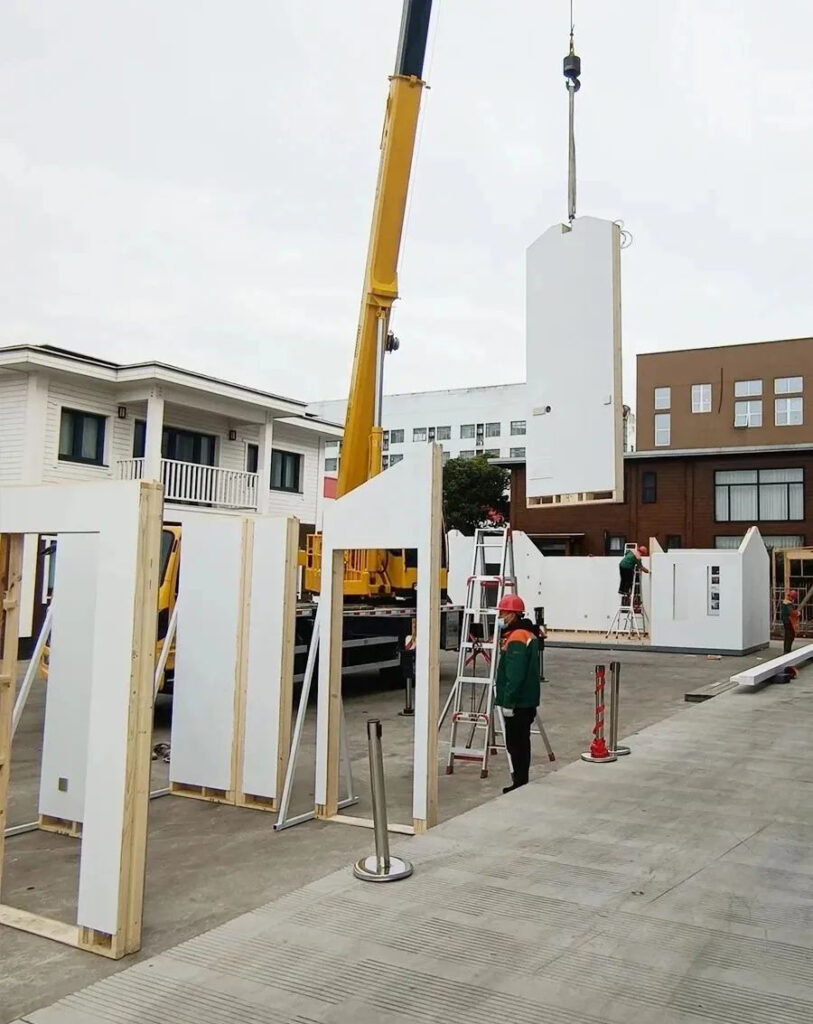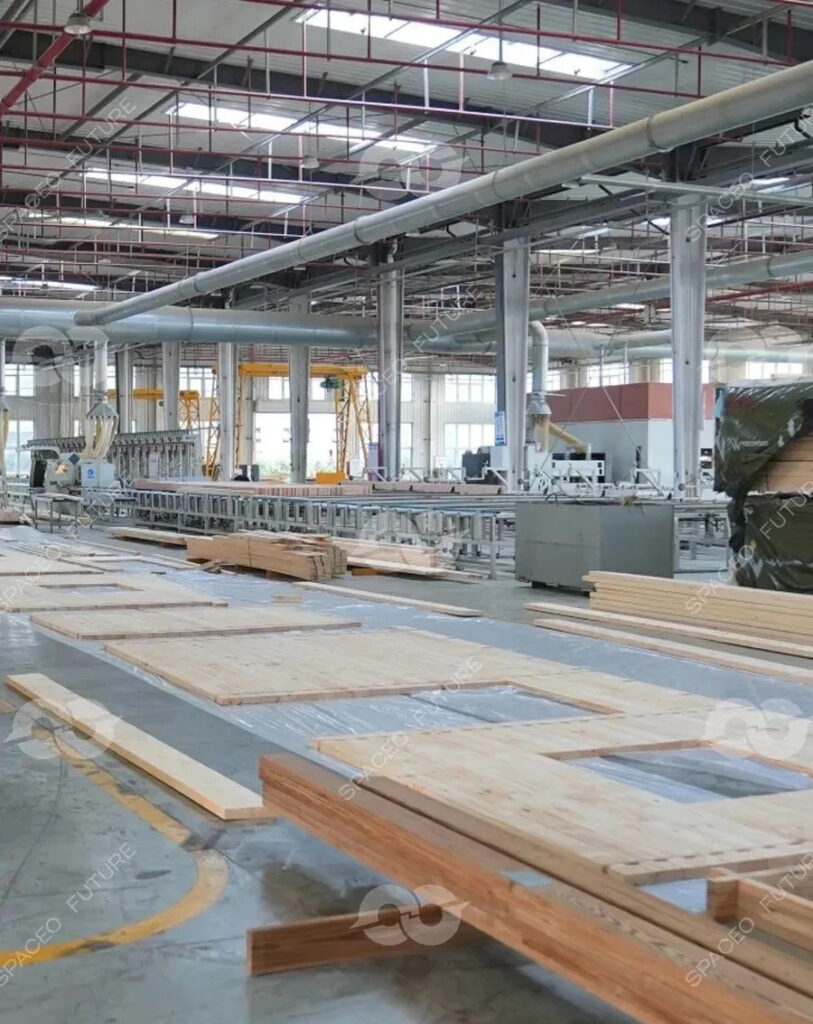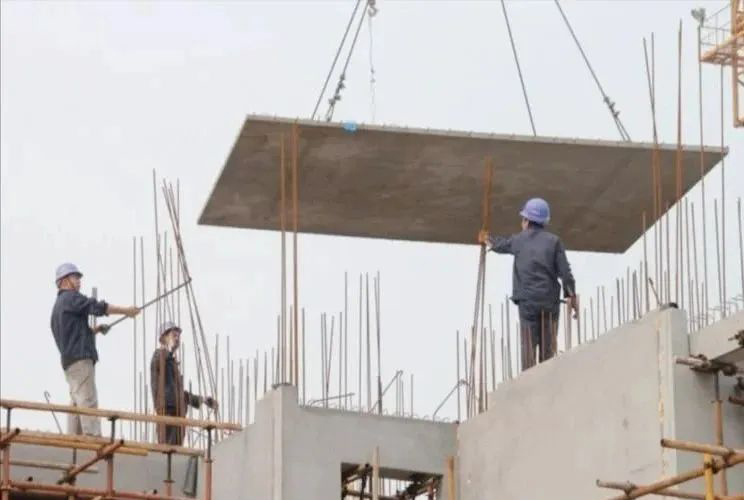Regarding the lifespan of prefabricated buildings, data varies among different sources.
Jiwu.com mentions an average lifespan of 50-70 years, while LouPan.com claims it can exceed 100 years.
In reality, the lifespan depends on factors such as design, materials, and maintenance.
Prefabricated houses in Japan have been developed for decades, with many projects still in use today.
For example, the Hilton Palacio del Rio Hotel in the United States was designed and built in 1968 and is still in use, demonstrating the durability of prefabricated structures.

Are prefabricated villas expensive? How is their cost-performance ratio?
- Initial Costs May Be Higher
Prefabricated buildings require factory-made components, and the initial investment includes molds, equipment, and other expenses, making the upfront cost relatively high. However, with technological advances and large-scale production, these costs are gradually decreasing.

For example, Sichuan’s 2025 work plan mentions cultivating new construction industry chain enterprises and striving to build industrial ecosystem clusters, which will help reduce costs.

More Cost-Effective in the Long Run
Although the initial cost is higher, prefabricated buildings save a significant amount on materials, labor, and construction time.
Projects by Anhui Construction Group show that the construction period is reduced by 60% compared to traditional concrete structures, with on-site assembly requiring only three workers for one day.
Additionally, maintenance costs for prefabricated buildings are lower. The modular design makes component replacement easier—for example, the installation efficiency of integrated bathroom modules is increased sixfold, and repair or replacement time is reduced to under two hours.
Are maintenance costs high? Is living in prefabricated buildings troublesome?
Maintenance costs for prefabricated buildings are relatively low.
Because components are factory-prefabricated, their quality is more stable, resulting in fewer problems later on.
Moreover, the modular design makes repairs more convenient. For example, a knowledge base from the Zhangzhou government notes that maintenance costs for prefabricated buildings are reduced by 40%.
In addition, prefabricated buildings are usually designed with a focus on energy efficiency, which can lower energy consumption and operational costs in the long term.

Leave a Reply